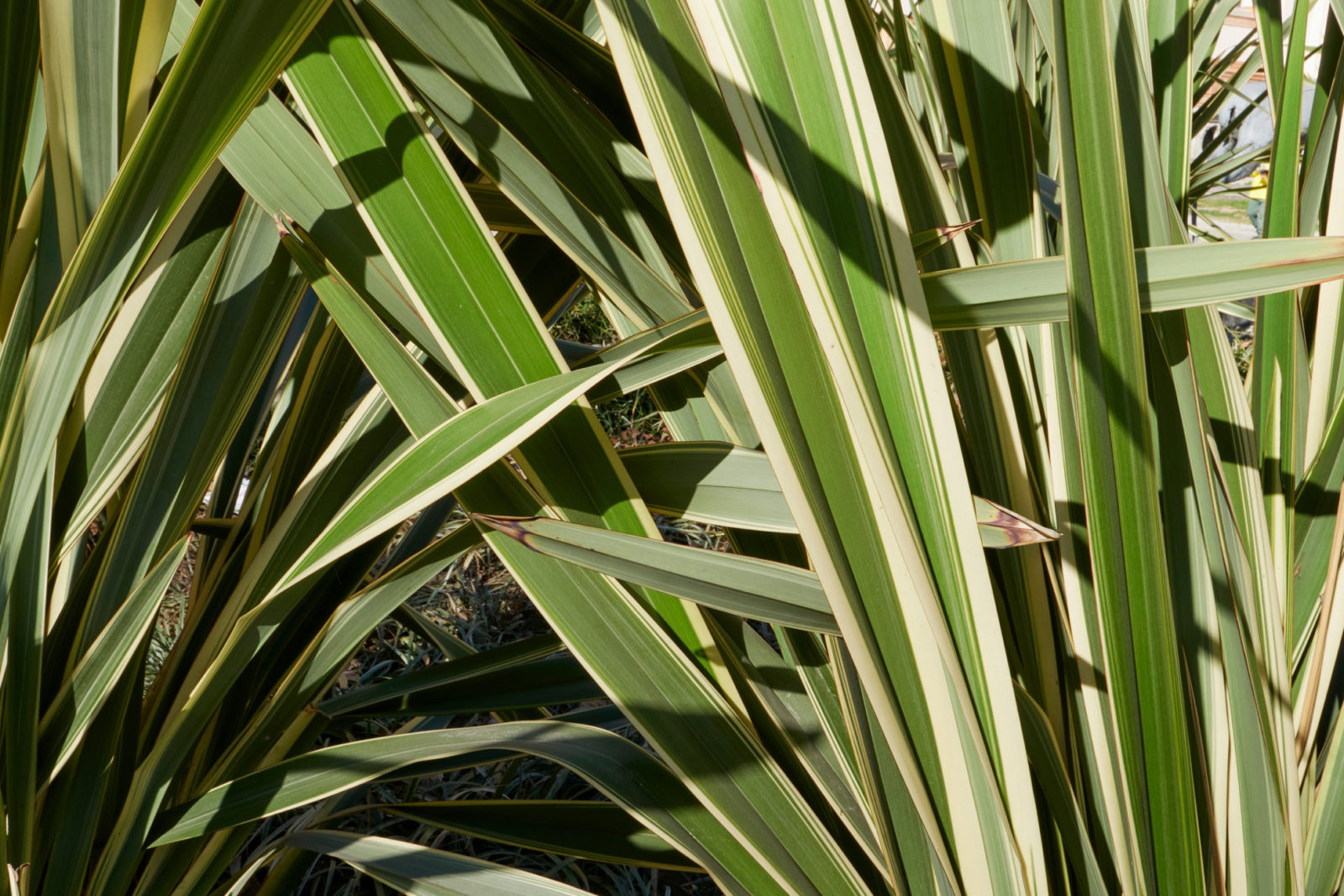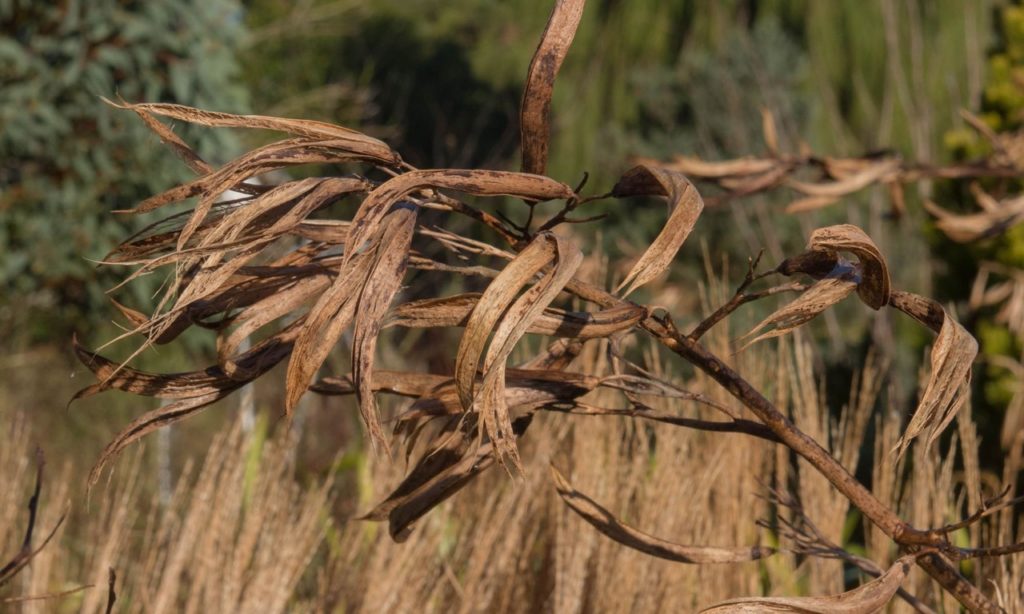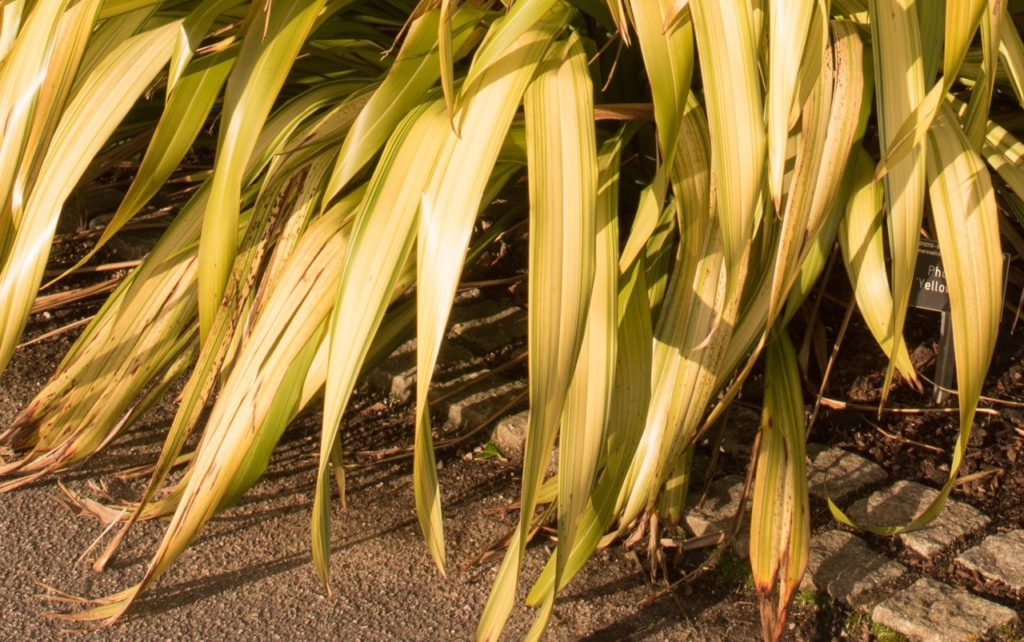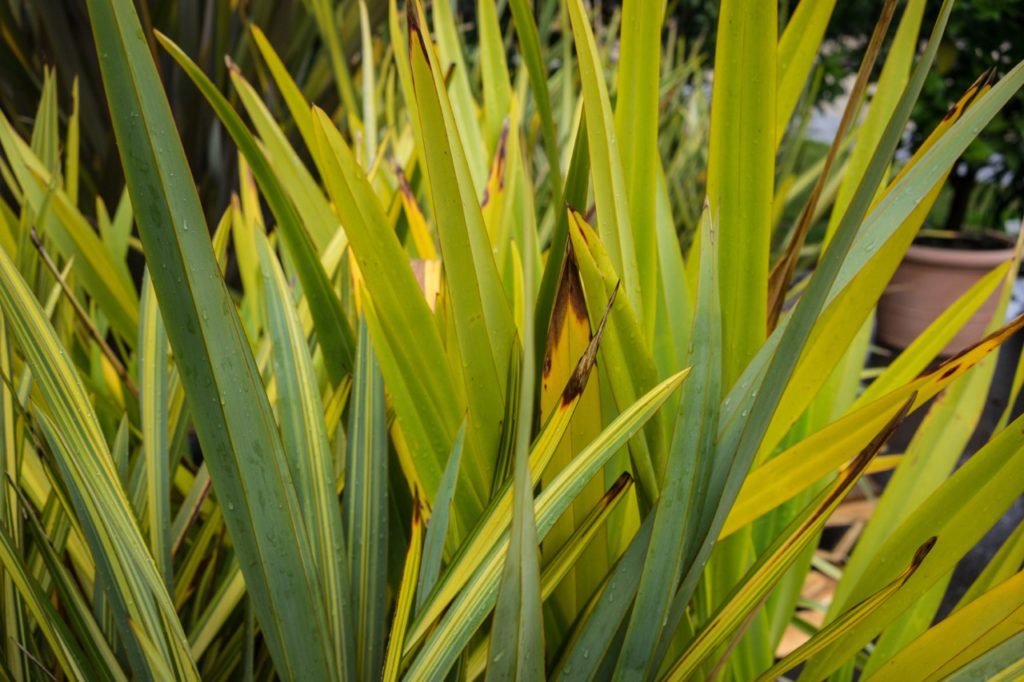These Mistakes Might Cause Your Phormium Leaves To Turn Brown Or Yellow

PERENNIALS > PHORMIUM > PROBLEMS

Elizabeth is a Permaculture Garden Designer, Sustainability Consultant and Professional Writer, working as an advocate for positive change. She graduated from the University of St. Andrews with an MA in English and Philosophy and obtained a Diploma in Applied Permaculture Design from the Permaculture Association.
Reviewed By COLIN SKELLY

Colin is a Horticulturist and Horticultural Consultant with experience in a range of practical and managerial roles across heritage, commercial and public horticulture. He holds the Royal Horticultural Society’s Master of Horticulture award and has a particular interest in horticultural ecology and naturalistic planting for habitat and climate resilience.
IN THIS GUIDE
PHORMIUM GUIDES
Common Problems
Container Growing
Division
Pruning
Phormiums are generally relatively easy plants to grow, whether grown in the ground or in containers.
However, you may notice that the leaves are either turning brown or yellow, which is a common sign that the plants are not happy.
There can be a number of common problems that lead to these issues.
Some common problems that cause brown leaves are:
- Overwatering or waterlogged soil
- Nutrient deficiencies
- The phormium needs repotting
- Phormium leaf spot
And yellow leaves may be caused by:
- Frost damage
- Leaf-yellow bacterial infection
We explore these problems and what you can do about them below.
1) Overwatering
Leaves turning brown can be a sign that the plant has received too much water.
These are relatively drought-tolerant plants, but they cannot tolerate waterlogged soil.

Make sure that water can drain away freely and take care not to water too much.
Only water when the top few centimetres of the soil or growing medium is dry.
2) Nutrient Deficiencies
Leaves turning brown around the edges can also be a sign that the phormium is not receiving enough nitrogen.
Make sure that the soil is nutrient-rich and, if growing your phormium in a container, feed the plant with a seaweed feed or a compost tea to ensure that it gets the nutrients that it needs.
3) Restricted Roots
The plant may also develop brown leaves as a sign of stress because it needs dividing or repotting.
Simply repot into a bigger pot with sufficient compost for the plant.
4) Leaf Spot
Unfortunately, brown leaves can also be a sign of a fungal infection, leaf spot, which is caused by a fungal pathogen.
If this is the issue, the brown will be in patches on the leaves, and these may have a greyish hue or purplish edges.
If you spot this issue, cut off the affected leaves as soon as possible to prevent the spread of this infection.
5) Frost Damage
Yellow leaves can sometimes be caused by frost damage.
These plants can cope with winter temperatures down to around -5-10°C in a sheltered spot, but they are not suitable for areas where there are long cold spells in winter.
Leaves can also tear and tatter in strong winds, so a sheltered position is important, especially in areas where more extreme weather conditions might be expected.
“Phormium makes fantastic coastal plants, but after a rough winter, they can look a little worse for wear,” shares Horticultural Consultant Colin Skelly.
“You can prune out the worst of the torn leaves from the base but don’t exceed a third or you’ll hinder the ability of the plant to regenerate.”

Phormium leaves that have been damaged by frost can discolour and become soft and mushy.
Although the plant may wilt significantly and can even look dead, it will often come back if you care for it well.
If your plant has been frost damaged, cut off the dead foliage with a sharp pair of gardening scissors or secateurs.
Give it a feed, and give it some time, and new growth may well emerge.
6) Leaf-Yellow Disease
Another problem that causes yellow leaves is leaf-yellow disease, which is caused by a bacterial pathogen called Phytoplasma.1Marcone, C. (2011). Candidatus Phytoplasma asteris (yellow disease phytoplasmas). CABI Compendium. https://doi.org/10.1079/cabicompendium.7642
If infected, the plant can become stunted, and the bacteria can kill off the rhizome.
The leaves will tend to turn yellow-orange in colour and will wilt until eventually, the plant will likely die.

Remove infected plants carefully to prevent the spread of this problem in your garden.
Though the issues above can arise, it is still the case that phormiums tend to be relatively low-maintenance and easy plants for UK gardens.
They don’t usually have a range of issues and can be a good choice for busy gardeners.
References
- 1Marcone, C. (2011). Candidatus Phytoplasma asteris (yellow disease phytoplasmas). CABI Compendium. https://doi.org/10.1079/cabicompendium.7642
